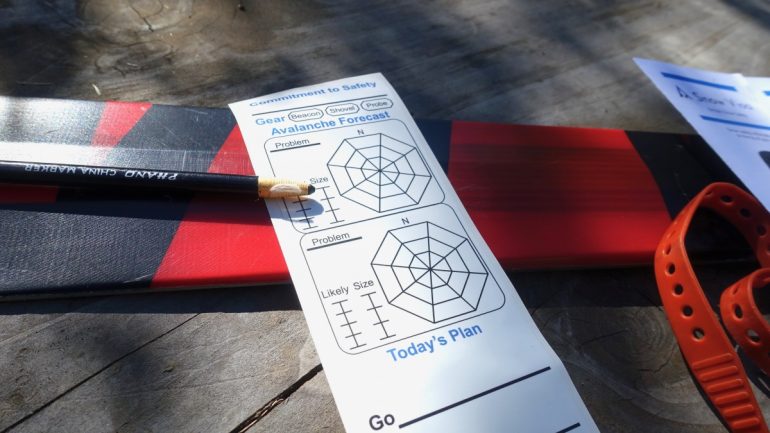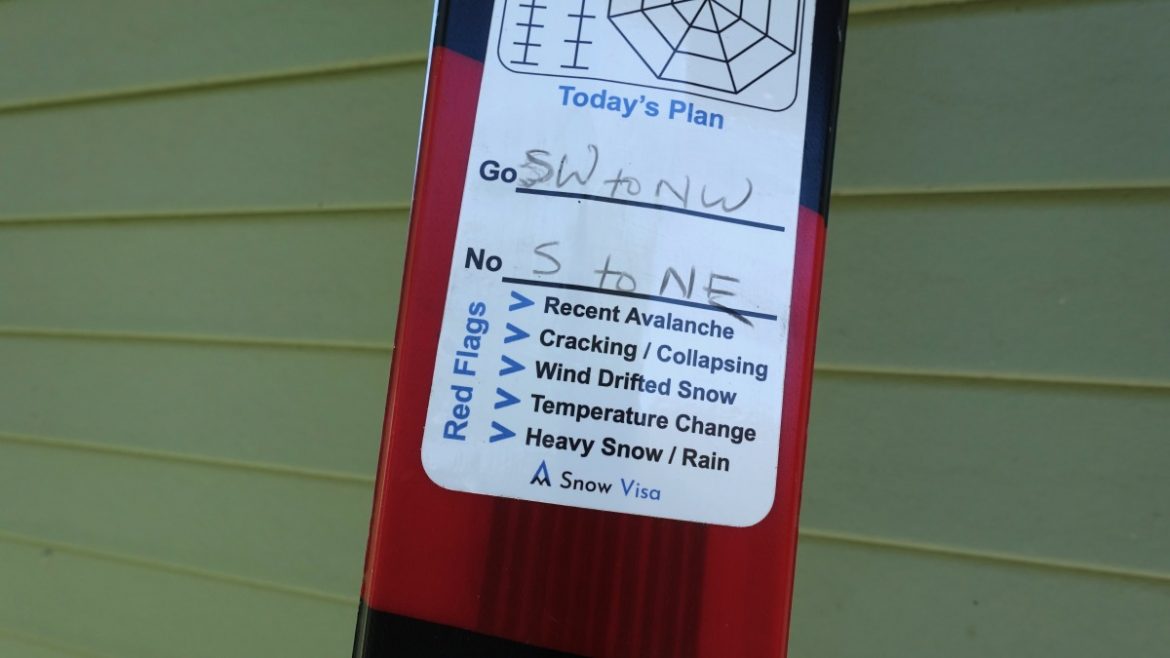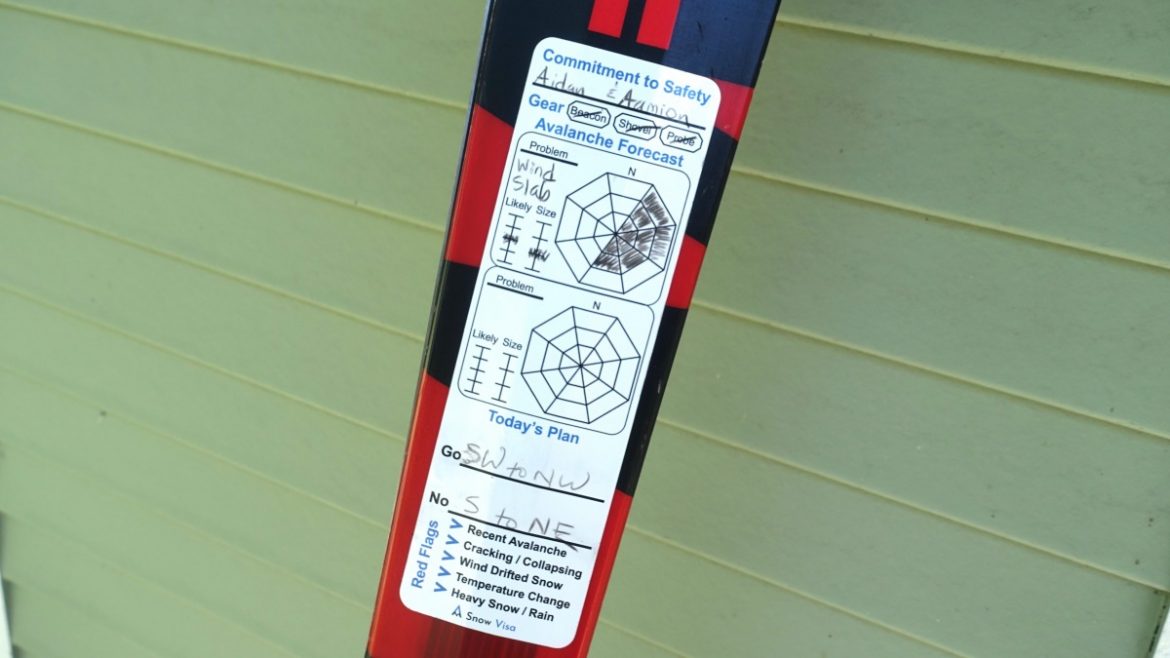The Utah Avalanche Center (UAC) 21-22 Annual Report includes some celebratory stats.
In total the UAC documented 1.1K forecasts issued, 700k forecast views, 444 forecaster field-days, and 1.3k submitted public observations. Firm data on total skier days are not included. Neither are metrics on the number of skier days when avalanche danger ratings were moderate or higher. And we don’t know the terrain in which backcountry skiers and riders traveled.
But the UAC shouts a loud and proud benchmark, which resonates no matter your perspective: zero avalanche-related fatalities. The degrees of separation in small communities like backcountry users are small when avalanches occur. And to think of a place like Utah, and the Wasatch specifically, that most years bears a heavy weight of grief due to avalanches, I think we can all agree that beyond our personal choices, we owe places like the UAC some gratitude.
Here comes the pivot. Several months ago, I had a Snow Visa on the kitchen table when I had company over for a meal. The Snow Visa is about as analog an avalanche awareness tool as I can think. Here’s the gist: one side is sticky as it’s meant to adhere to your ski’s topsheet, while the top surface is waterproof and can be written on with a wax crayon (provided).
The Snow Visa is broken down into five sections. There’s a “Commitment to Safety”, a gear checklist, two spots for denoting the avalanche forecast (danger rose, problem, likelihood, and size), a spot for the plan (areas to go and areas you’ve ruled out), and a static “red flags” section serving as a reminder of the real-world dynamics at play. Snow Visa claims it is “Snow safety information on the tip of your ski.”
I’m not here to be prescriptive, meaning you should or shouldn’t use the Snow Visa. It is, as noted, basic. But sometimes, being reminded of the basics before committing to an ascent path or ski line is all you need to dial it back; Or, in other cases you deem safe, commit.
At a minimum, a backcountry outing begins reading the local avalanche forecast or discussion before embarking on a tour. In the field, let’s hope we all implement best practices to discuss the macro and micro terrain, make decisions, and assess real-time snow conditions. That said, I think the Snow Visa’s simplicity is practical and has a pace for some skiers: it doesn’t require a battery or a recharge. However, it requires user input—-you’ll need to read the avalanche forecast and/or discussion, digest it, and transfer that information to the Snow Visa template. The act of that transfer is a form of redundancy: you’ve read the information, and now you must render that same info on the Snow Visa. At the least, that act alone might help formalize the day’s forecast in your synapses.
Let’s back up: the Snow Visa will not save you. It will not make you make proper decisions. But, it might make you think twice, or even once, about the day’s plan, what’s it all about, and coming home. Maybe the information written on a partner’s Snow Visa prompts a conversation at a decisive decision-making moment. Or, more generally, perhaps it helps places like the UAC, search and rescue, and your own people from dealing with an avalanche fatality statistic greater than zero.
My friend over for dinner that evening scoffed when he picked up the Snow Visa. It is basic. This is not an example of overbuilt. He sarcastically asked, “who would use this?” I let a beat skip, and maybe a second beat too. I said something like, “I suppose if one life is saved by using something like this, then there’s some value.” Which is how I felt then and the way I think now.
The marketplace decides what survives and what doesn’t. And in some outdoor cultures where appearance trumps nearly everything, some might deem a Snow Visa uncouth, dorky, or, to co-opt a timeworn surfing term, kooky. But if it works as a learning tool or as an ounce of prevention for anyone while touring, then there’s a major upside.
Here’s the reminder, the Snow Visa is not your carte blance passport to the snowy hills. Get proper training. As hard as it might be, find a mentor. If you cannot find a mentor, maybe reach out to someone who knows someone. There’s a good group of folks out there.
A single Snow Visa sticker will run you $14.99, while a set of two costs $24.99.
Jason Albert comes to WildSnow from Bend, Oregon. After growing up on the East Coast, he migrated from Montana to Colorado and settled in Oregon. Simple pleasures are quiet and long days touring. His gray hair might stem from his first Grand Traverse in 2000 when rented leather boots and 210cm skis were not the speed weapons he had hoped for. Jason survived the transition from free-heel kool-aid drinker to faster and lighter (think AT), and safer, are better.




